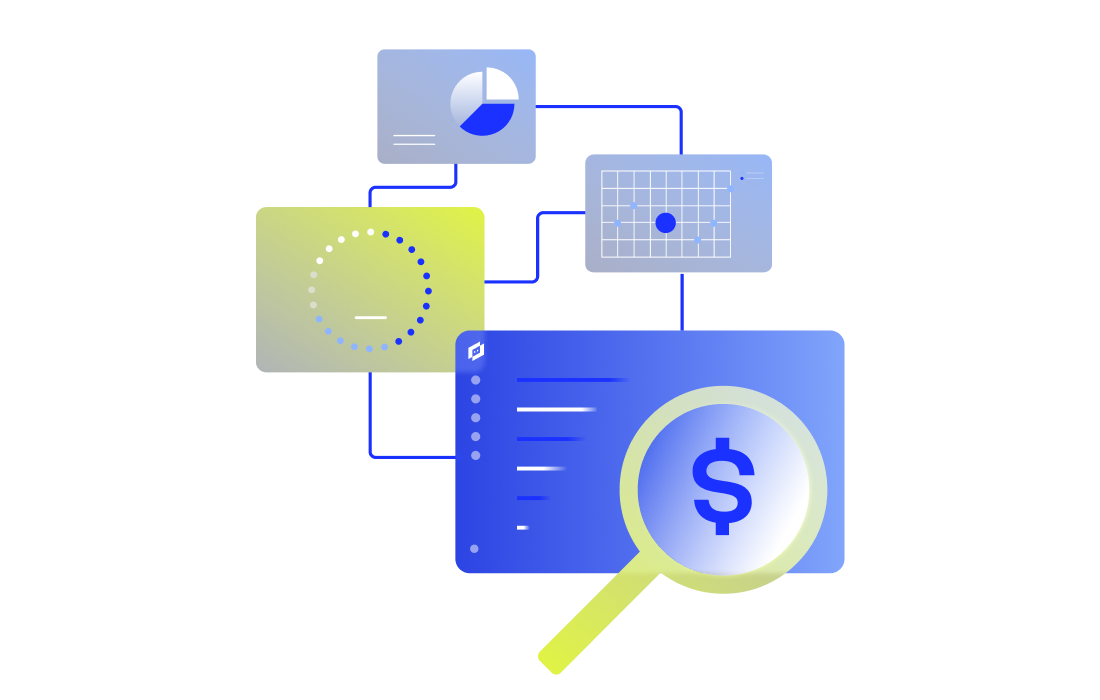How to Consolidate Your Azure & Multi-Cloud Monitoring and Avoid Tool Sprawl


This is the eighth blog in our Azure Monitoring series, focusing on monitoring tool sprawl. As your cloud footprint grows, you will likely end up with a patchwork of monitoring tools that create more problems than they solve. We’ll explore why this happens, the headaches it causes, and practical ways to consolidate without sacrificing visibility. Missed our earlier posts? Catch up.
The larger your cloud footprint becomes, the more monitoring tools start to accumulate. What starts as a quick fix—covering a blind spot here, adding visibility there—can quickly turn into chaos: disconnected dashboards, alert fatigue, and overlapping costs. In this blog, we’ll break down what causes tool sprawl, why it slows teams down, and how to consolidate your monitoring without losing visibility.
Traditional monitoring solutions weren’t built for today’s dynamic Azure and multi-cloud environments. These legacy tools struggle with:
As teams try to fill these gaps, new specialized tools pile up, each promising better visibility but collectively causing fragmentation.
Even within the same organization, different technical teams gravitate toward specialized tools that address their specific domains.
| Infrastructure teams typically rely on | DevOps teams focus on cloud-native monitoring approaches | Specialized teams bring their own monitoring requirements |
| – A monitoring platform for network monitoring and topology mappingSNMP trap collection and analysis for hardware alerts – Network flow monitoring for traffic analysis and capacity planning – Hardware health metrics for physical infrastructure components | – A monitoring platform for cloud metrics and container monitoring – Container health monitoring with specialized Kubernetes tooling – Service mesh telemetry for microservice communication patterns – CI/CD pipeline metrics to track deployment health and frequency | – Custom application metrics and business KPIs – Trace sampling and distributed tracing for complex transactions – Database performance monitoring and query analysis – Security event correlation and threat detection |
This fragmentation creates data silos that make it nearly impossible to get a unified view of infrastructure health, particularly when incidents span multiple domains.
Multiple monitoring tools inevitably generate redundant alerts, forcing teams to spend more time filtering through noise than solving actual issues. Without intelligent correlation, a single incident can trigger dozens of separate notifications across different platforms.
This alert overload has serious consequences:
Without a single pane of glass for monitoring, you’ll waste precious time during incidents:
These inefficiencies directly impact mean time to resolution (MTTR).
The financial impact of monitoring sprawl extends beyond the obvious licensing costs:
Effective consolidation means choosing a solution that seamlessly integrates data from all relevant environments:
This approach provides centralized dashboards that eliminate data silos and improve cross-team collaboration. Rather than replacing specialized tools immediately, the best approach is often to integrate their data into a central platform while gradually transitioning functionality.
AI-driven alerting can dramatically reduce noise by intelligently correlating related events and prioritizing issues based on business impact:
This approach ensures teams focus on critical problems first, reducing the “alert fatigue” that plagues fragmented monitoring environments.
Infrastructure-as-Code (IaC) tools like Terraform or Ansible can standardize monitoring configurations across environments, ensuring consistency and reducing manual overhead:
Implementation approaches include:
This automated approach reduces human errors and ensures monitoring consistency across environments.
Managing multiple monitoring tools inevitably increases complexity, costs, and operational inefficiencies. By consolidating monitoring into a unified platform, you can streamline operations and improve overall efficiency.
LM Envision gives teams one place to see everything—whether it’s a VM in Azure, a Kubernetes pod in EKS, or an on-prem network device. That unified view makes it easier to solve problems, cut costs, and align teams around shared truths.
Taking a strategic approach to monitoring consolidation not only reduces tool sprawl but also enhances visibility. What was once a fragmented monitoring landscape becomes a unified observability strategy that properly supports modern hybrid IT environments.
Next in our Azure Monitoring series: controlling your Azure costs without losing visibility. We’ll show you why cloud bills often spiral out of control, where Azure’s native cost tools fall short, and how to cut spending while preserving performance. You’ll get practical strategies for real-time cost insights and waste elimination that keep your bills down without sacrificing the observability your team needs
It’s not always obvious. Look for signs like frequent alert noise, duplicate metrics, or teams using completely different tools for similar tasks. A quick internal audit of your monitoring tools and dashboards can reveal overlapping functionality and unnecessary complexity.
Look for a platform with deep Kubernetes observability and support for ephemeral resources. Many tools still struggle to track short-lived pods or services that spin up and down quickly, so ensuring native container support is critical.
Yes, and in many cases, cloud compliance monitoring becomes easier when data is centralized. Make sure your consolidated solution includes strong access controls, audit logs, and supports common security frameworks.
Track improvements in MTTR (Mean Time to Resolution), alert volume reduction, onboarding time for new teams or services, and total cost of ownership (TCO). These indicators show whether consolidation is delivering tangible operational value.
Absolutely. With API support and a Terraform provider, LM Envision helps you embed observability automation directly into your deployment pipelines. This ensures that new services are monitored from day one without manual intervention.
© LogicMonitor 2026 | All rights reserved. | All trademarks, trade names, service marks, and logos referenced herein belong to their respective companies.
